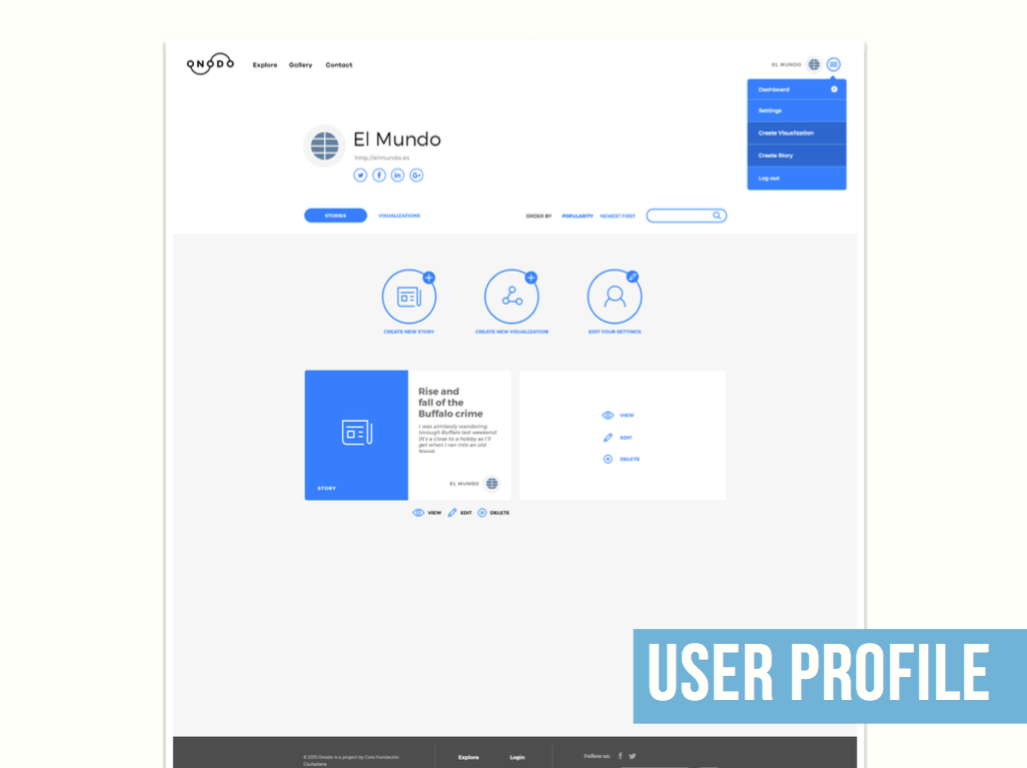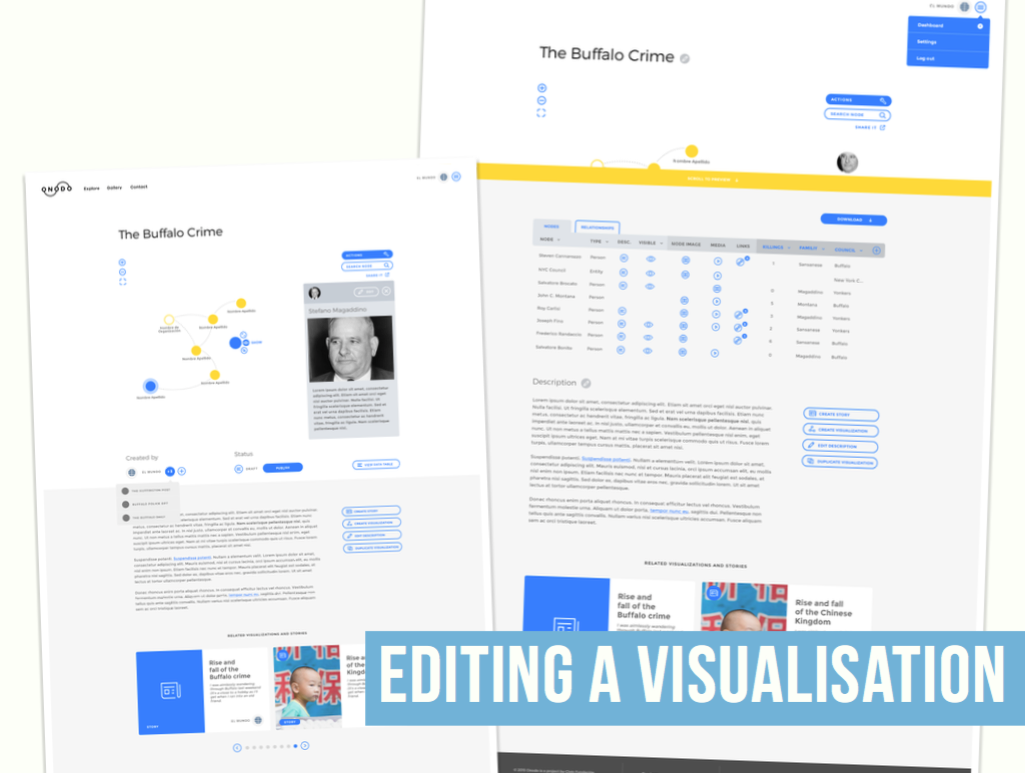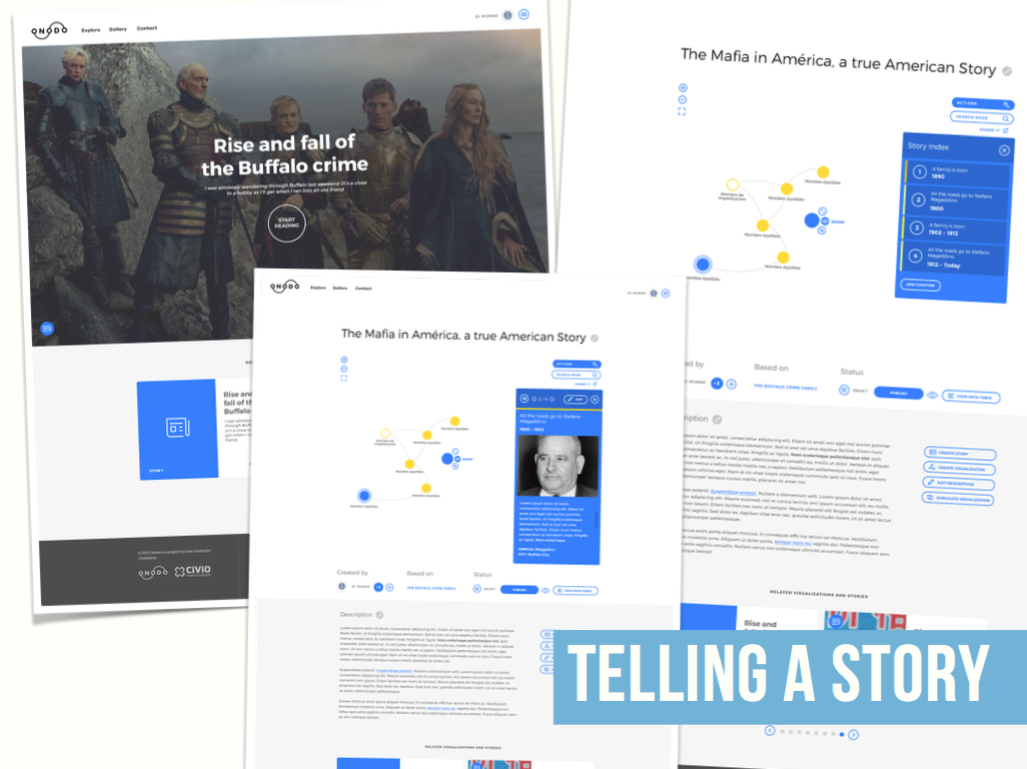Four years of experience on accountability and access to information has led Civio foundation to develop Onodo, a new open source tool that aims to facilitate network mapping and effective storytelling around relational information.
David Cabo, Civio’s founder, talked about the process and key features of the tool on our Science Fair.
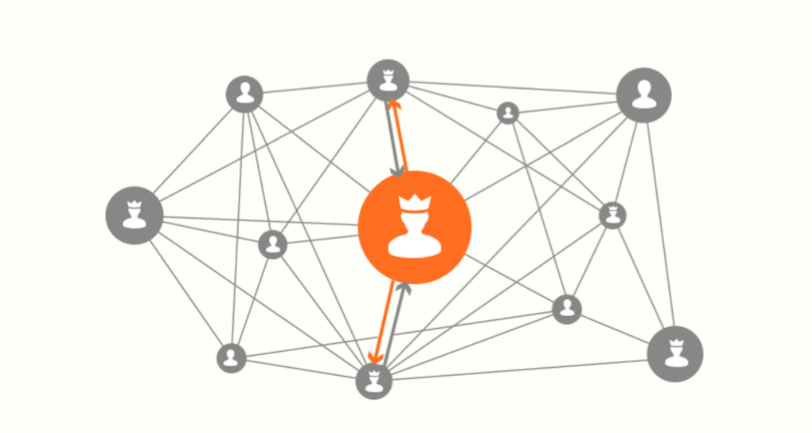
The main strength of Onodo relies on the experience of the organization behind the tool. After working for around four years on tech projects to promote transparency on Spain, Civio’s team now has a new goal: to develop a product designed by experienced journalists for non-technical users that haven’t used network mapping tools before. Onodo intends to be an effective tool for storytelling, a platform able to map, visualize and analyze and communicate complex information by people with storytelling needs.
The open source project will feature a replicable and collaborative platform which will facilitate integration with other tools - such as Open Refine or Gephi - and will allow to import and integrate bulk data from multiple sources, automatically or manually, to apply different models of analysis. The Beta version will be launched by the end of May and presented at Democracy Lab (23-27 May, Medialab-Prado).
How would success look like for Onodo? “Non-technical users creating and embedding network maps to tell interesting stories. Ideally in fields outside influence mapping and lobbying: we want to see more uses for these technologies”, states David Cabo, founder of Civio.
Mapping influence on Spain
Recently some high profile Spanish politicians have been facing corruption related charges. To name a few: industry, energy and tourism Minister resigned due to his implications with offshore companies, the former primer minister and party leader José María Aznar was ordered to pay almost €270,000 after allegedly billing personal income to his family business and the mayor of Granada was arrested.
In this scenario, for the past years Civio has worked on a mixture of web-based apps and data journalism such as Your Right to Know, Where do my takes go?, The Pardonometer, Our daily BOE, Spain in Flames and Who Rules. The experience on Who Rules, created to regulate lobbying and expose public-private connections, came to shape in their own influence map for Spanish politics which is now the fundamentals of Onodo.
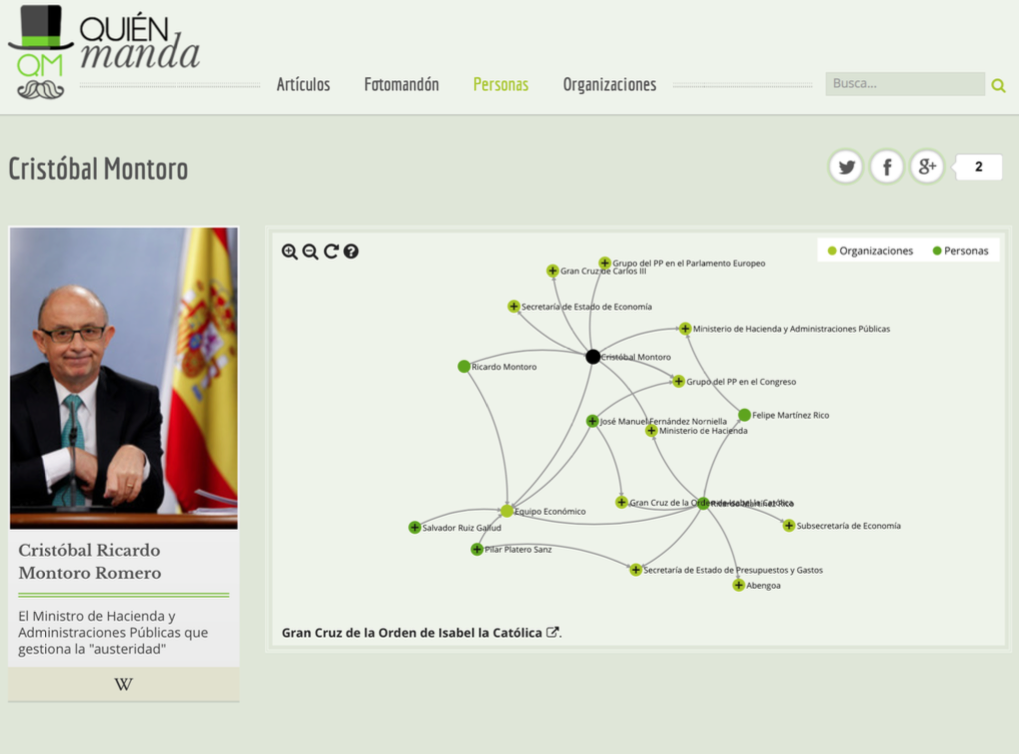
The process
The development of the tool started on May 2015 and has presented some challenges for Civio’s eight people team. “We are a small organization and we have to juggle a number of different journalism and advocacy project at all times. Squeezing the development of a new tool in our schedule is hard, and we haven’t been able to go as fast as we planned”, explains Cabo about the tool that tries to combine “the simplicity of visualization tools like Datawrapper with some basic network analysis like Gephi, and the expressiveness of tools like LittleSis, Oligrapher or Kumu”.
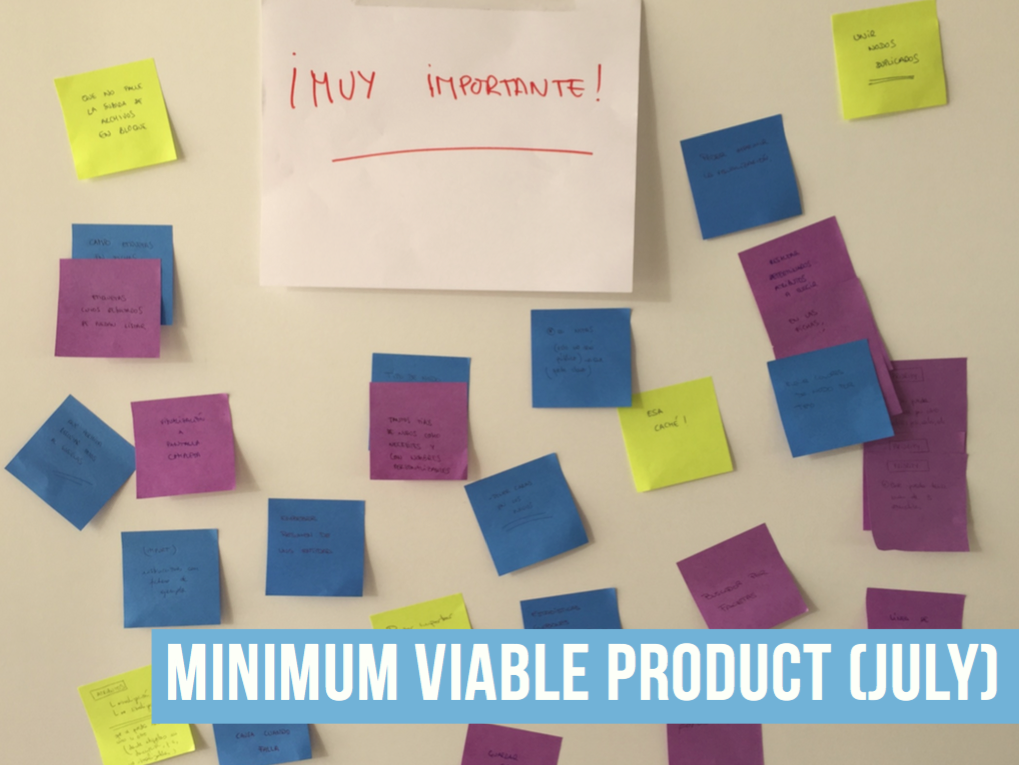
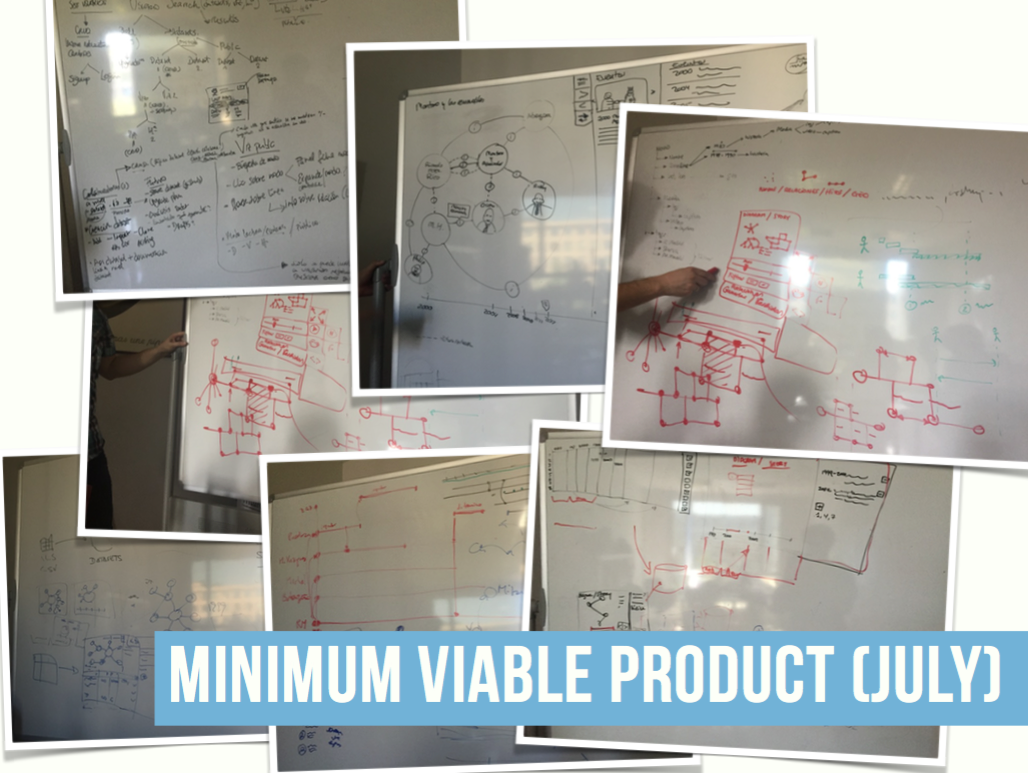
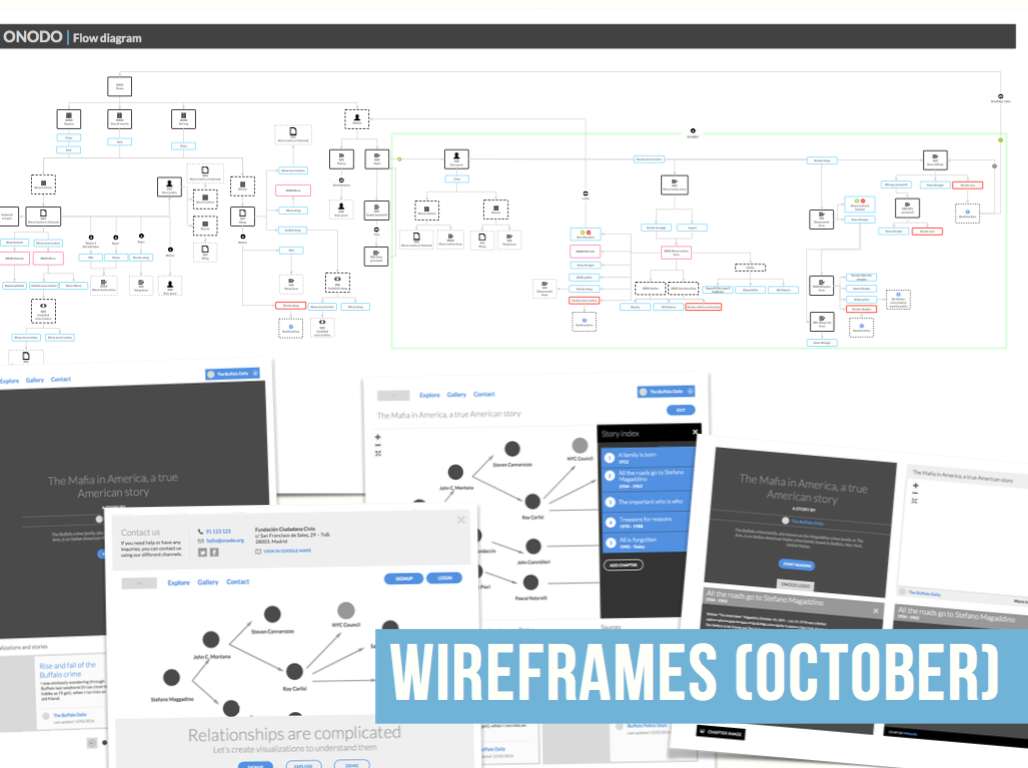
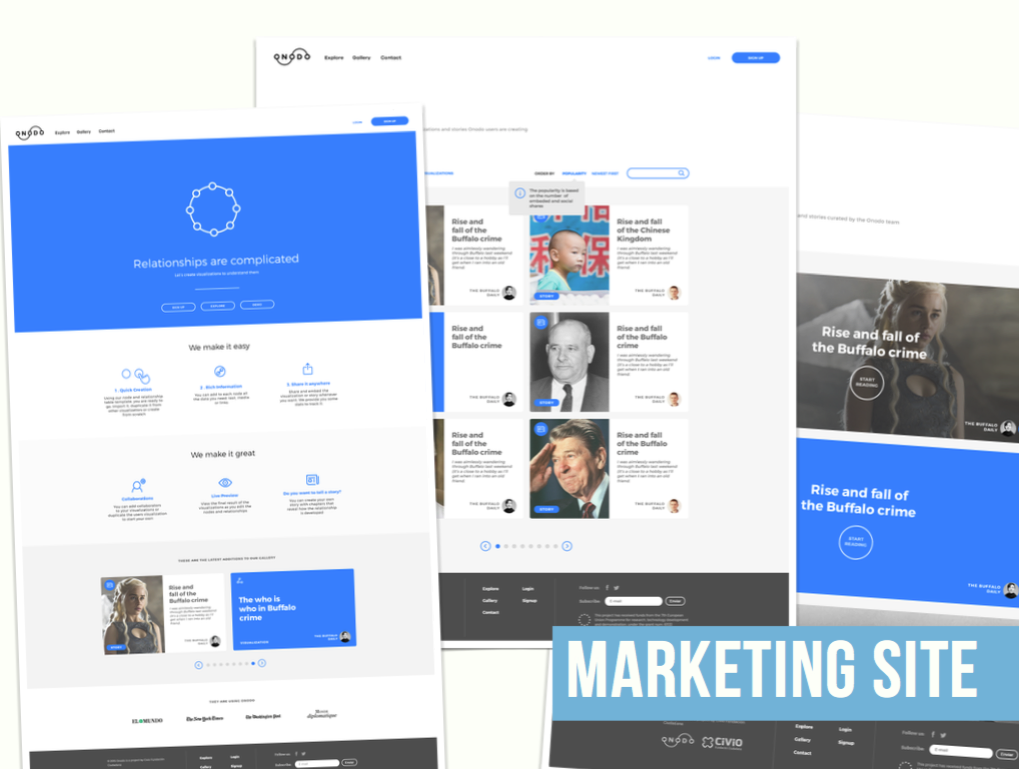
‘Beyond the use cases that got us started’
The network analysis project is partly funded by CHEST, a European Union research project. Civio’s own resources cover the rest of the development, and will support Onodo over the near future. If the tool gets “enough traction”, they intend to implement a freemium model.
The team will be initially focused on the data journalism community: journalists working with small, focused databases that are trying to tell a story where connections and relations are an important part of it. Eventually, they plan to grow the audience, tapping into activists, social scientists and creative designers communities, to collectively find new use cases “beyond the ones that got us started”.
“By adding a layer for effective storytelling we aim to help anyone involved in actor-network mapping, influence mapping or problem-solving dynamics to communicate their findings, no matter how complex they might be”, explains Cabo. “We need to find ways to reach new audiences. The use of data visualization and maps has increased hugely over the last few years, but network mapping is still a niche and hard to understand for many”.
How Onodo will look like:
